Sandy soils are perhaps the strongest predictor of high bee diversity in an area. This is primarily because it is easier for them to dig their nests in loose, large grain soil. Some species just need a small patch of bare, slightly sandy soil, while others are only found near pure, deep sand. Though VT is not known for its sandy beaches, our history of glaciation and abundant rivers have created widely scattered patches of sand. Chittenden County has the most abundant and largest examples, but rivers and lakes around the state often produce sand deposits and associated bees.
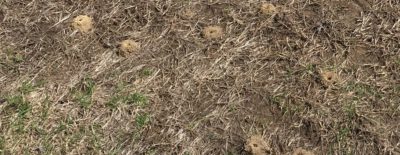
Unequal Cellophane Bee (Colletes inaequalis)
One of the most common early spring species. Large nesting aggregations can be found anywhere with moderate sand and some bare soil (ball fields, town greens, cemeteries etc). Several other Cellophane Bees are also tied to sand and may nest in the same areas later in the season.
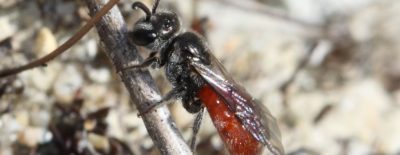
Blood Bees (Genus Sphecodes)
These cleptoparasites are often found among nesting aggregations of their hosts - usually Lasioglossum. They are particually abundant in open sandy areas. Image courtesy Michael Veit.
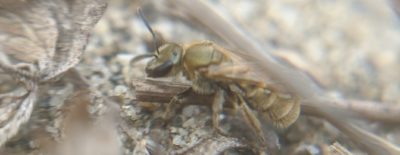
Hairy Sweat Bee Group
Two, nearly indistinguishable species in this group are found in VT. Both appear to be associated with sand to some degree.
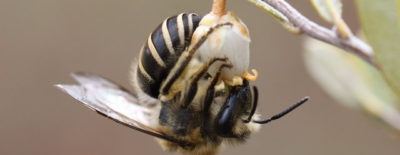
Blueberry Cellophane Bee (Colletes validus)
A blueberry specialist known from surrounding state but not found in VT as of spring 2021. Image courtesy Michael Veit.
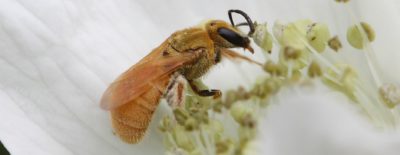
Viereck's Sweat Bee (Lasioglossum vierecki)
This is perhaps the most distinctive Lasioglossum in VT. Easy to over look since its minuscule and often foraging within a few inches of the ground, but when found, the pale orange body with orange hairs are distinctive. Closely tied to sand. Image courtesy Michael Veit.
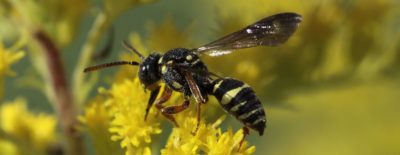
Nomad Bees (Genus Nomada)
Many Nomad Bees can be found around sandy areas, and a few, like the above Tifton Nomad Bee (Nomada tiftonensis) are only found near significant sand deposits. Image courtesy Michael Veit.
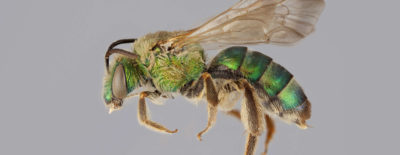
Striped Sweat Bees (Genus Agapostemon)
The 4 species of Striped Sweat Bees in VT seem to vary in their soil preferences, with one species being closely tied to the deepest, purest sand deposits. Image courtesy Margarita Miklasevskaja.
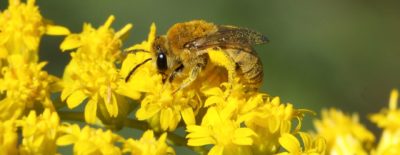
Goldenrod Cellophane Bee (Colletes solidaginis)
This gorgeous, rare bee is only known from a few sandy areas with ample goldenrod. Image courtesy Michael Veit.
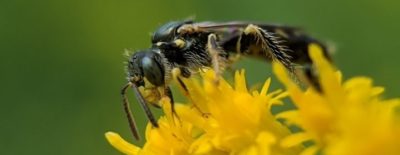
Fairy Bees (Genus Perdita)
As a genus, the Fairy Bees (Perdita) are closely tied to sand. Eight-spotted Miner Bee (Perdita octomaculata) is a fairly common Asteracae specialist, while the Ground-cherry Mining Bee (Perdita halictoides) is only known from one location.






